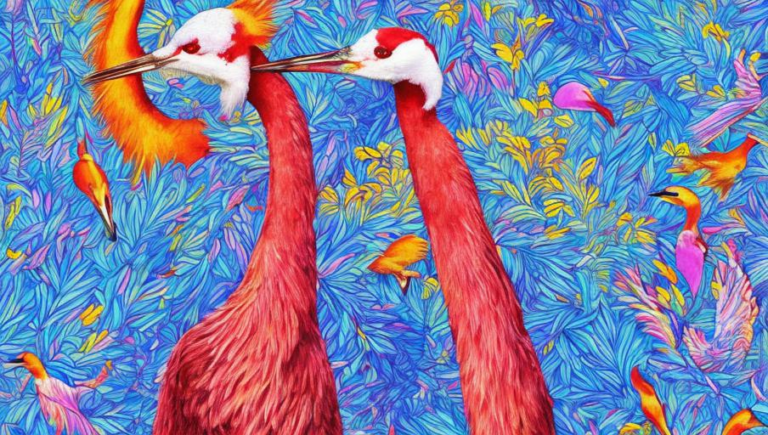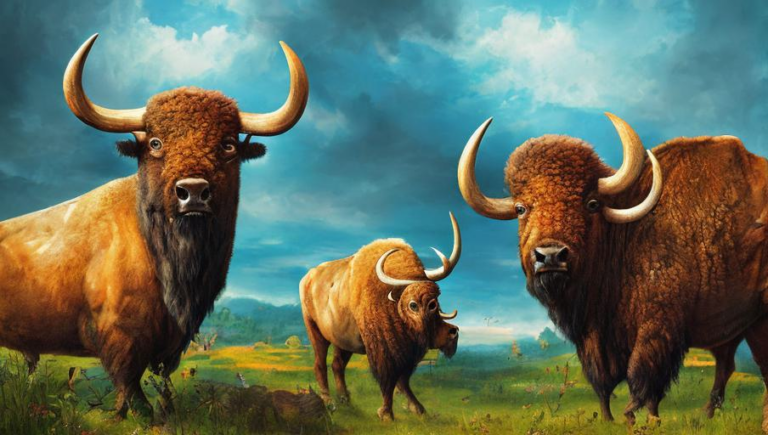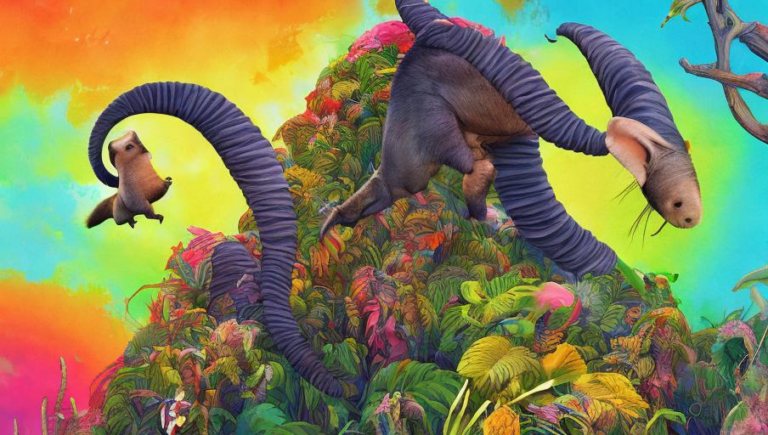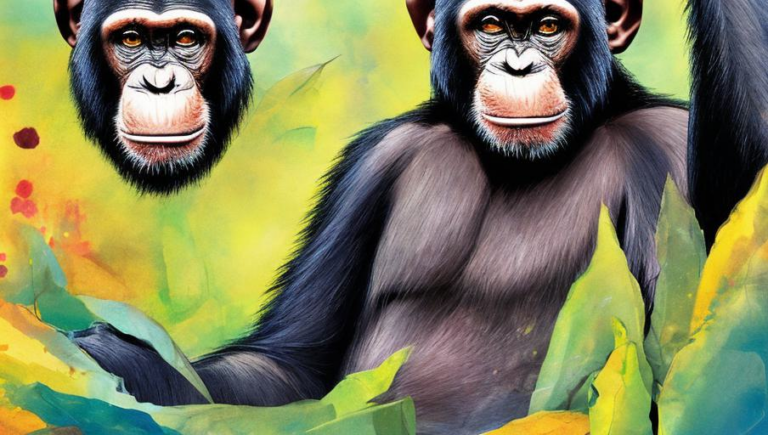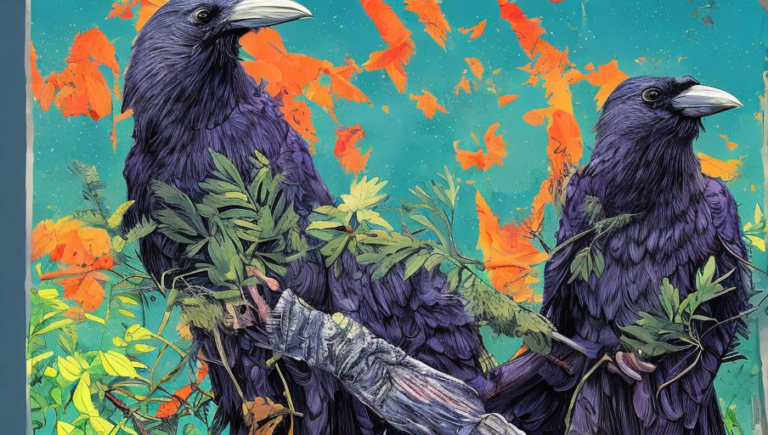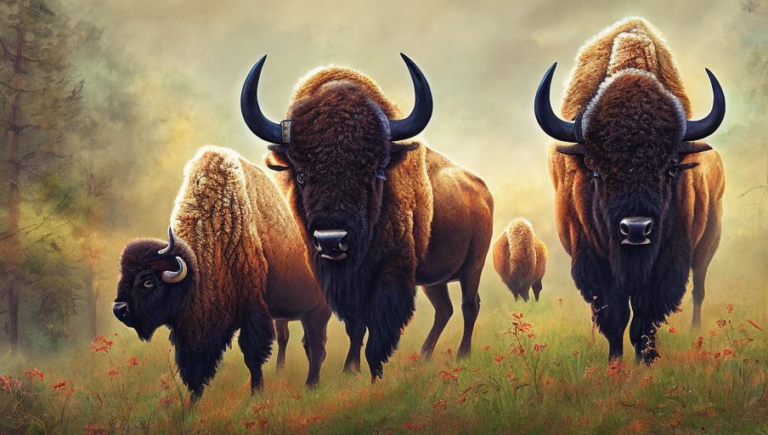Preserving Bison: Understanding Their Population and Habitat
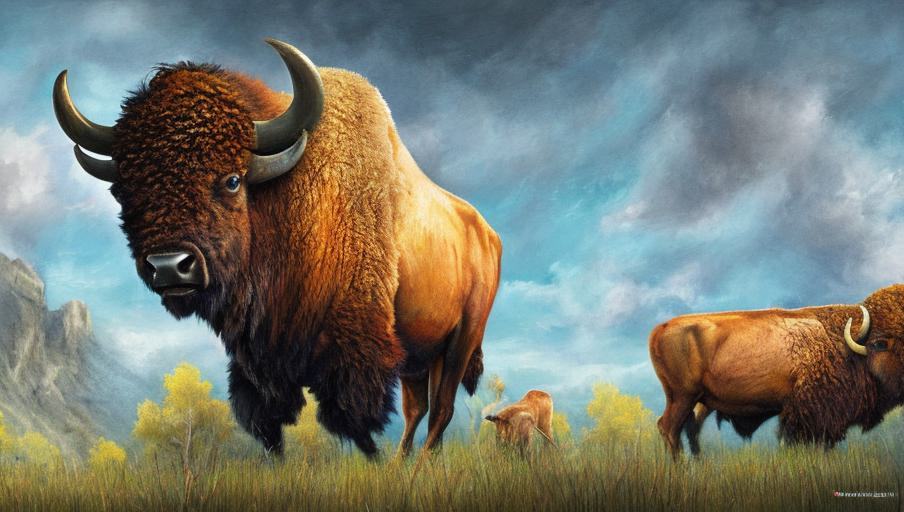
Bison: An Overview
Bison are one of the most iconic animals of the North American plains, as they once roamed the continent in massive herds. Bison are the largest land animals in North America and one of the biggest mammals in the world. They are known for their shaggy brown coats and massive heads, which can reach up to 2.5 feet in width. Their strong and stocky bodies allow them to weigh up to 2,000 pounds and stand up to 6 feet tall.
Bison Population and Habitat
Bison population numbers have fluctuated over the years due to hunting, disease, and other factors. In the early 1800s, there were an estimated 60 million bison in North America. However, by 1900, that number had dwindled to less than 1,000. In the 1970s, conservation efforts began to help the species recover and today there are approximately 30,000 bison in the wild.
Bison are native to the Great Plains of North America and can be found in grasslands, prairies, and open woodlands. They are nomadic and migrate in search of food. They are herbivores and feed mostly on grasses, flowers, and leaves.
Conservation Efforts
Due to the drastic decline in bison population numbers, it is important for us to ensure that the species is protected. Conservation efforts are being taken to help protect bison and their habitats. These efforts include habitat restoration and protection, captive breeding, and translocation.
Habitat restoration and protection involve managing existing habitats and creating new ones for bison. This also includes controlling invasive species and preventing overgrazing. Captive breeding involves raising bison in captivity and then releasing them into the wild. This helps to increase the population size and genetic diversity of the species. Translocation involves transferring bison from one area to another, in order to help repopulate areas or boost the genetic diversity of a population.
Conclusion
Bison are an important species in North America and it’s important that we take steps to ensure their protection. Conservation efforts such as habitat restoration, captive breeding, and translocation can help to preserve and protect the species. By understanding the population and habitat of bison, we can work together to ensure that these majestic creatures remain a part of our continent for years to come.
